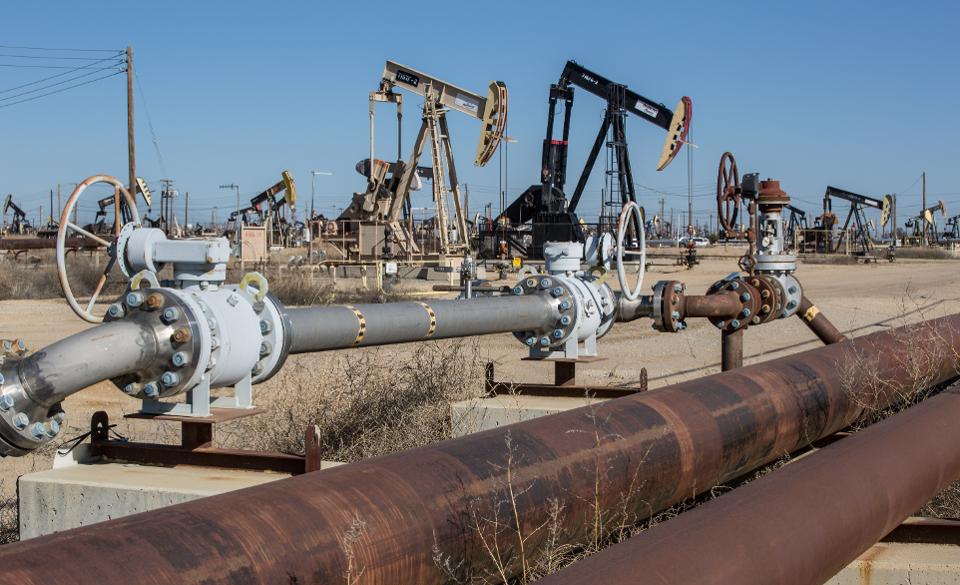Quantitative easing (QE) was a response to the financial crisis. Under this policy the central bank buys government assets, and increasingly any assets, to support the economy. Previously in order to source funding, a government could sell bonds to foreign buyers, who may not have sufficient demand, or sell bonds to local institutions. Both approaches pull money out of the economy, but QE allows governments to sell any amount without using existing dollars. The increased money supply should cause inflation, but minimal inflation was surprisingly one of the promises of QE. The premise was that this new money would simply sit on bank balance sheets and therefore wouldn’t compete to buy a house, buy groceries or fill a car with gas. This lack of inflation has played out, in the way that’s measured at least, but not for the reasons promised.

Cheap energy is a great way to reduce inflation since it is a major input in all parts of the economy. Countries that import their energy needs, or have rapidly declining domestic energy supply, often have a tougher time controlling inflation as a result. There have been a number of other recent drivers of low inflation, including demographics and technology advances, but QE has been particularly deflationary for energy costs.
The historical constraints for the oil and gas industry have been finding the resource, getting people and technology to develop it, and raising capital to do so. Sourcing capital has to be done continuously because the resource is constantly depleting. One of the frictions throughout history has also been that these things are rarely all in the same location, as countries and companies found resource but in high cost of capital locations or without the technology to exploit it. The U.S. energy industry over the past decade has been unique and benefited from ample access to resource in the form of shale, high labor mobility, and shared access to technological advances through suppliers and the mobile workforce. The key remaining constraint was cost of capital, and as QE provided cheaper and cheaper capital the price of produced oil and gas declined.
Reduced energy costs were a widely distributed source of stimulus for the global economy, as it benefited both industry and households. In contrast QE concentrated many other benefits unevenly as one of the places inflation actually did occur was in financial assets. These assets, owned by the wealthiest members of society, were bid up by this new money supply, benefiting a few. In contrast, the falling cost of energy was a benefit for all due to the global market for commodities. The dynamics that allowed for this more widespread benefit of monetary policy are starting to reverse though, even as easing continues.
The cost of capital for the industry has already been rising as the period of reduced returns removed capital from the sector and the remaining capital is more expensive. The ability to easily find and exploit the most productive resource has also run its course as the top tier locations were drilled up to sustain cash flows in this low return competitive environment. Finally, the increased regulatory restrictions on the sector are becoming a key barrier to entry and development, further emphasized by recent adverse pipeline rulings in the U.S. Increased regulation has shown throughout history to increase sector returns and the cost to the consumer as it makes it difficult for new entrants to bid down returns as only the largest or established entities can bear the costs (this is showcased in high healthcare returns as an industry sub group).
The extent to which monetary policy was deflationary was certainly a surprise. Unlimited money is supposed to cause inflation, that’s one thing everyone is taught. Instead, these dollars went into financial assets and the low cost of capital allowed everything, energy included, to be produced to a level that reduced the cost to the consumer. With increasing constraints though, it will be interesting to see if this key benefit that Main Street received from QE will now disappear.
[contextly_sidebar id=”uXcO0sNh4OYfmdF7PlR5PS3ZBENXEltr”]



